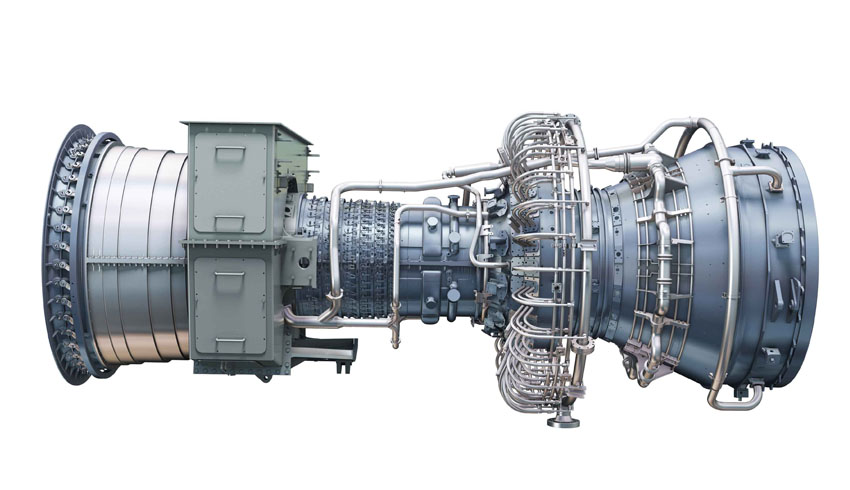General Electric’s new lightweight LM2500 composite gas turbine module and updated components are now fully certified by the US Navy.
US Navy approval was obtained after the successful shock test of the composite module and the submittal of a comprehensive assessment of the changes to the LM2500 system. Changes include the composite module, components, and fewer shock mounts for weight reduction all while leveraging the experience and loadings from previous LM2500 shock tests with running units.
Further, the US Navy and General Dynamics Bath Iron Works approved the Engineering Change Proposal for the LM2500 modernised composite module, meaning the initial application will be onboard the future USS Ted Stevens DDG 128, the 78th Arleigh Burke Class destroyer. This surface combatant will feature four GE LM2500 marine gas turbines and will be constructed by Huntington Ingalls Industries.
Austal USA quickly adapted the weight-saving composite enclosure and will now incorporate this new module on the Littoral Combat Ship 32 (the future USS Santa Barbara) and up. A number of other US and international programs also are very interested in this new module design.
Mike Reale, acting vice president, general manager marine operations at GE, explained, "The Module Modernisation Program or MMP was a four-year collaborative effort with the US Navy, Bath Iron Works and GE. All objectives were met, and in fact, a number were exceeded; the acoustic and thermal performance improvements compared to steel enclosures are striking."
The recent shock certification of the modernised module was an accumulation of a robust US Navy specification qualification process. First, in April 2018, a LM2500 gas turbine with a base, new composite module and updated components were successfully shock-tested at HI-TEST’s facility in Arvonia, Virginia.
HI-TEST is a Naval Sea Systems Command (NAVSEA)-approved facility for MIL-S-901 high impact shock testing.
"Any time a full-scale shock test is successfully completed it is a big deal and an area in which GE takes pride. GE is the only manufacturer that barge-tests its propulsion gas turbines – the same test performed during the MMP on the composite LM2500 enclosure – to demonstrate survivability," Reale added.
Second, components such as sensors, transducers, ice and flame detectors and the heater also were updated. The updated flame detector now features multi-spectrum infrared to the greatest field-of-view protection and longest detection range. All components completed thorough military specification testing such as vibration and electromagnetic interference.
Finally, and most recently, the entire gas turbine and MMP module as a system obtained US Navy Grade A MIL-S-901D shock qualification.
Earlier, full-scale operational testing at GE verified a 50 per cent wall weight savings, 60 per cent quieter enclosure, and improved access to the module for sailors. In addition, by using lightweight composites versus the steel enclosure predecessor, life-cycle costs associated with rusting components are eliminated. This new module design provides improved access to the engine, and with wall temperatures about 14 degrees to 28 degrees cooler, there is less heat rejected into the engine room.
The US Navy plans to purchase up to 20 new FFG(X) frigates that are more lethal than the present Littoral Combat Ships. GE believes its LM2500 family of proven marine gas turbines are the right size to power this new frigate program. Separately, GE’s LM2500 family of gas turbines is also being considered for the US Navy’s Large Surface Combatant program that will replace the DDG 51 destroyers.
With a GE gas turbine, the US Navy has worldwide support whether onshore or at sea, and interoperability benefits with other US Navy and allies’ vessels. GE has delivered gas turbines onboard 646 naval ships serving 35 navies worldwide and provides 97 per cent of the commissioned propulsion gas turbines in the US Navy fleet. With GE’s split casing compressor and power turbine design, in-situ maintenance is allowed making a gas turbine removal unnecessary; navies save millions of dollars a year and weeks/months of ship unavailability.









